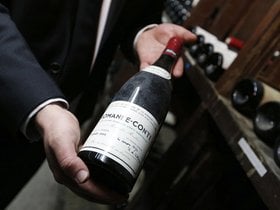Ultimate Guide To Wine Valuation (2025)
Are you looking to value your wine?
If you wish to make attractive profits from your wine collection, you’ll need to know what it’s really worth.
But how do you value your wine bottles? What are the reliable wine valuation tools available today?
This article will get you started with everything you need to know about wine valuation and how you can find the value of your treasured bottles of wine.
We’ll also introduce you to the smartest way to buy and track the value of your wines in real-time!
Further reading
- Fancy a fruity blush wine? Here are our top Rose Picks.
- Or explore the Ruby-red Chateauneuf du Pape and Spicy Shiraz Wines.
Why Do You Need To Know The Value Of Your Wine?
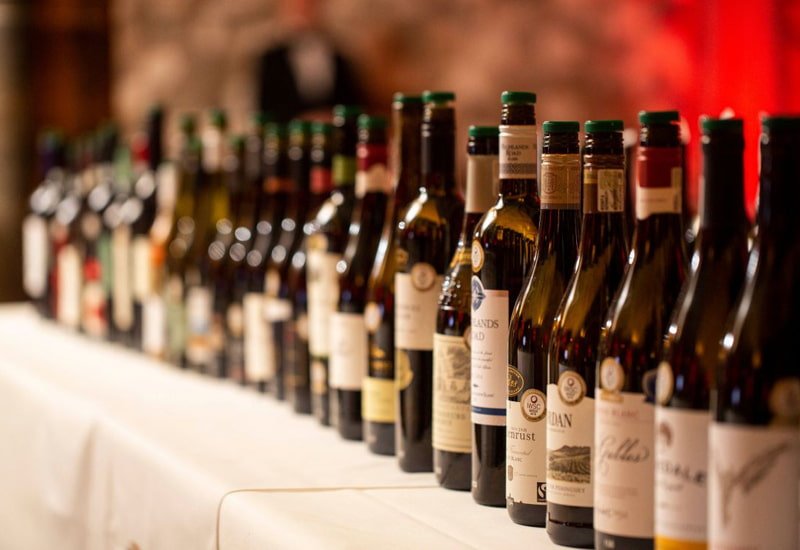
Here’s the simplest reason:
If you were to sell your wine bottles at attractive prices, you need to know when to sell them and at what price.
So, how does wine valuation work?
You’ll have to factor in several aspects of your wine and have a thorough knowledge of the wine trade to figure out what it’s worth. Alternatively, you could just go to a wine investment company like Vinovest, but more on that later.
Let’s dive right in.
9 Factors That Determine The Value Of Wine
Every single stage in a wine’s lifecycle impacts its value.
Here are the most important factors in wine valuation.
1. Winemaking techniques

Fixed costs in the winery business, the terroir (environmental conditions) on which the wine grapes were grown, the techniques used to process the grapes, and the winemaking process itself gives the wine an inherent value.
For example, wines made from organic and hand-harvested grapes use more labor-intensive processes and will be more valuable than those that are machine-harvested or sprayed with pesticides.
Also, higher quality reserve wines (that have been aged longer in a wine barrel) tend to be valued more than non-reserve wines.
2. Region

High winery valuation has a significant impact on the price of your wine bottle.
Wines from a Napa Valley winery or a Grand Cru vineyard of the French wine regions command sky-high prices due to the quality of grapes used and the subtleties in the terroir.
So do some wines from micro-regions like Médoc or Saint-Emilion, and upcoming wine regions in Australia, Hong Kong, and South Africa. For example, a bottle of the Australian wine Penfolds Grange Hermitage 1951 was sold at a 2004 auction at $38,400.
3. Packaging and appearance

Wine in its original casing that’s not been repackaged or relabeled will have a higher valuation than the others.
Also, a bottle’s appearance gives clues about the quality of the wine in it.
For example, low ullage (unfilled space) indicates exposure to oxygen. Both show signs of poor storage that may have affected the wine quality. It can even be risky to consume such wine.
A smudged wine label may indicate damp storage conditions. This may not affect wine prices in some cases. However, some wine valuation experts judge a wine by a torn or smudged label, which in turn will lower its resale value.
4. Storage and provenance
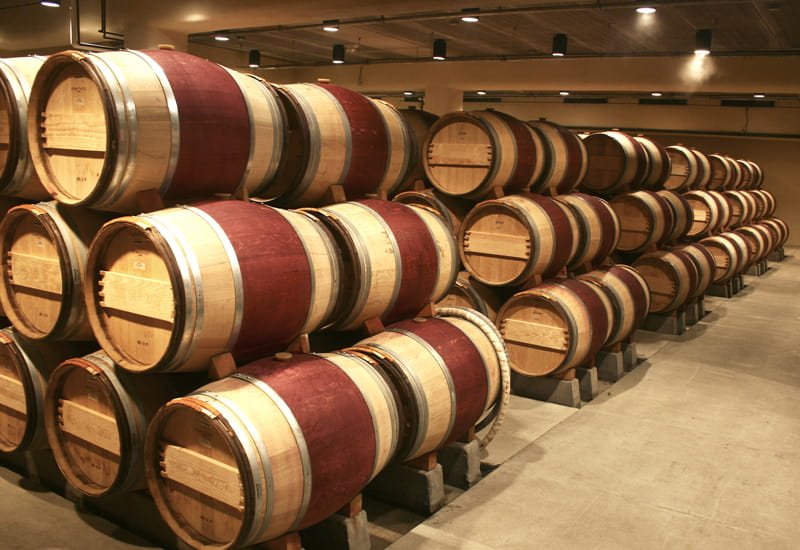
Wine should be stored under strict climate-controlled conditions to preserve its taste and help its aging process.
You need to have a record of your wine’s provenance, including its storage conditions and ownership history.
Did you buy it from a winery owner immediately after it was bottled or from a previous owner? How many hands did the bottle pass through?
A wine auctioneer or a serious wine collector would want to see all these details in a condition report.
5. Aging potential

Recently bottled, ‘ready to drink’ or new wines (with low aging potential) may not fetch you a grand auction price or secondary market price.
High-value investment-grade wines like the Grand Crus of Burgundy have high aging potential. A fine Barolo can take 30+ years to mature to its full flavor!
Such wines have high acidity and bold tannins and develop a complex bouquet, flavor, and mouthfeel over the years.
6. Number of bottles
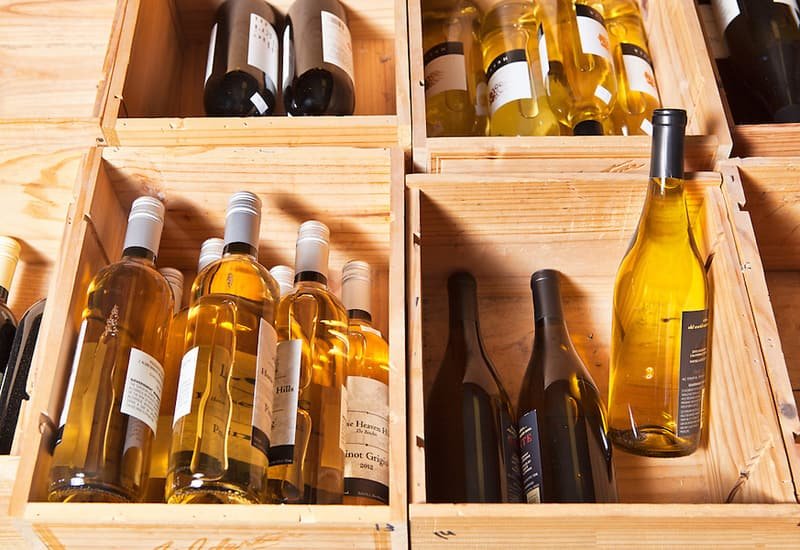
Bottles from a case of wine stored under impeccable conditions are likely to be more valuable than a single bottle.
Unless it’s a rare wine like a 6-liter bottle of 1947 Cheval Blanc or a 1907 Heidsieck salvaged from a shipwreck!
7. Scarcity
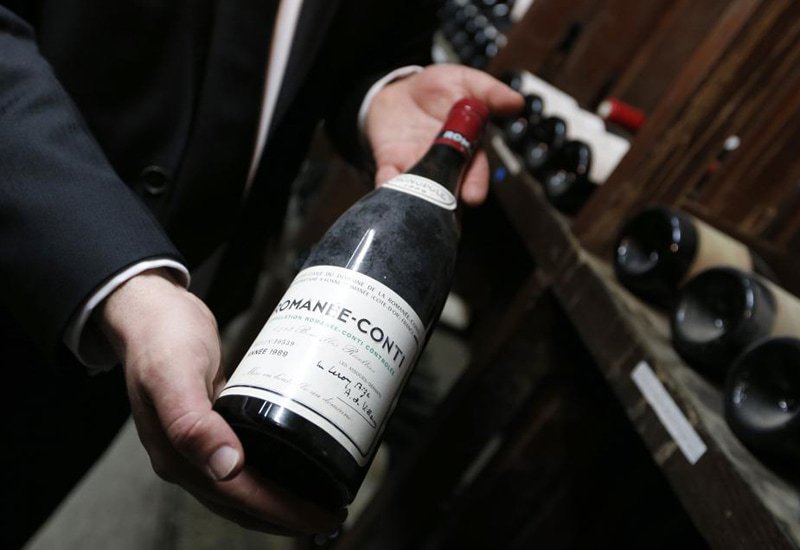
The production quantity of each vintage could influence wine value in the long-term.
For example, in 2012, only 600 bottles of the first vintage of Napa Valley Screaming Eagle Sauvignon Blanc was released to an exclusive group of wine lovers, at $250 per bottle. This drove up its secondary market price to over $2,000 a bottle!
8. Critics’ scores

Critics’ scores are another key factor that a wine client must consider.
Wine critics like Robert Parker and wine magazines like Wine Spectator have developed numerical scales to rate wines based on factors, including flavor, aroma, and age.
These ratings are updated regularly, with prestigious wines like Domaine de La Romanée-Conti topping the charts year after year.
On a 100-point rating system, the ones rated 90 and above can make for an excellent investment.
9. Brand equity
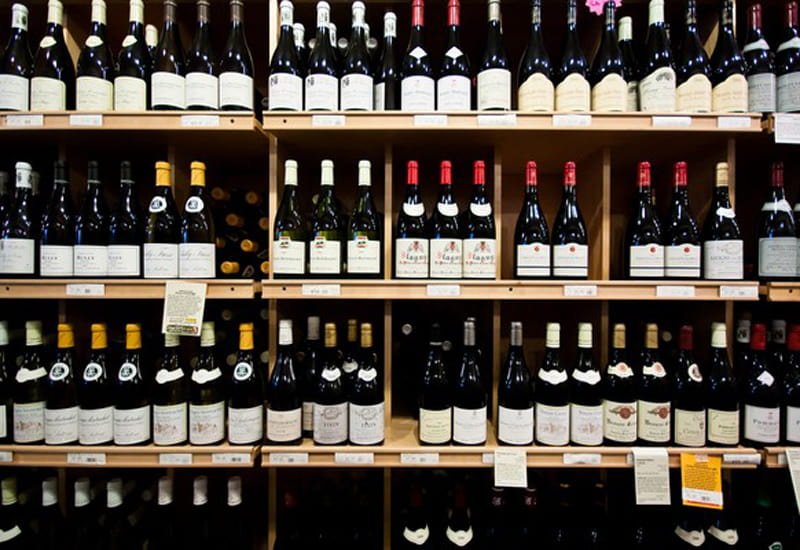
Renowned wine brands source their grapes from the best terroirs and promise the utmost professional manufacturing and inventory management standards.
Collectible wines from established winemakers with long track records in the best wine regions naturally tend to be expensive even as new releases.
This is why a Domaine de la Romanée-Conti or à Château Lafite wine is valued much higher than other brands.
Now, how do you calculate the value of your wine?
Ways To Find Out The Value Of Your Wine
Here are two ways to find out what your wine is worth:
A. Online wine valuation tools
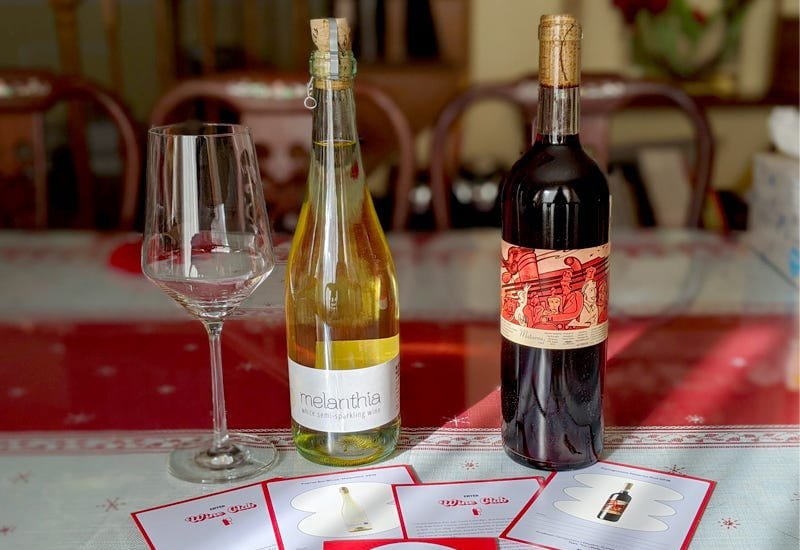
Online wine valuation tools help you find the average market rate for your wine in the national and international markets.
This is usually only a rough estimate and not a thorough appraisal. Some tools may not consider the wine’s age or condition when calculating their value.
However, an online wine valuation service is a good place to start.
Once you have a benchmark, you can find a more accurate valuation by getting a professional opinion.
B. Professional opinion
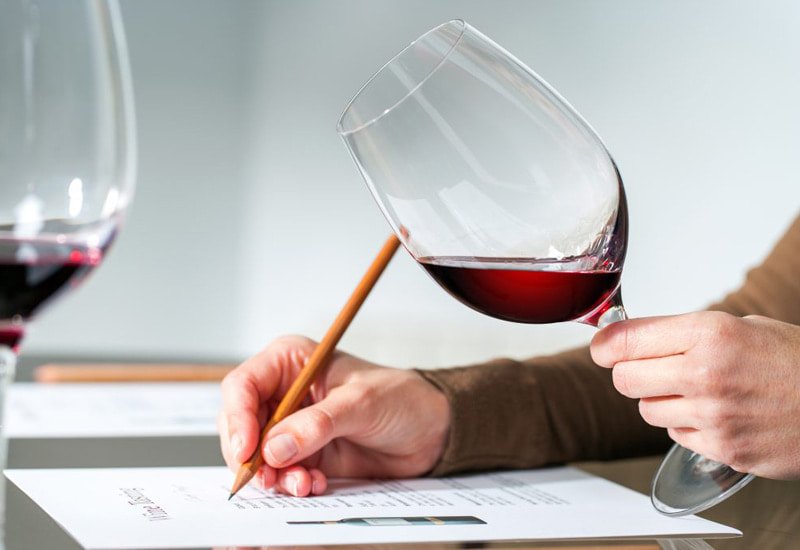
A wine expert or an auctioneer can appraise your collection in person and offer a more balanced value for your wine.
You can get a professional wine valuation done by
- Sommeliers and oenologists
- An auction house
- An insurance agency
- Reputed spirits and wine merchant
And, how does an online valuation work?
What Does An Online Wine Valuation Tool Do?
Most online tools evaluate your wine using these two steps:
Step 1: Capture details about your wine
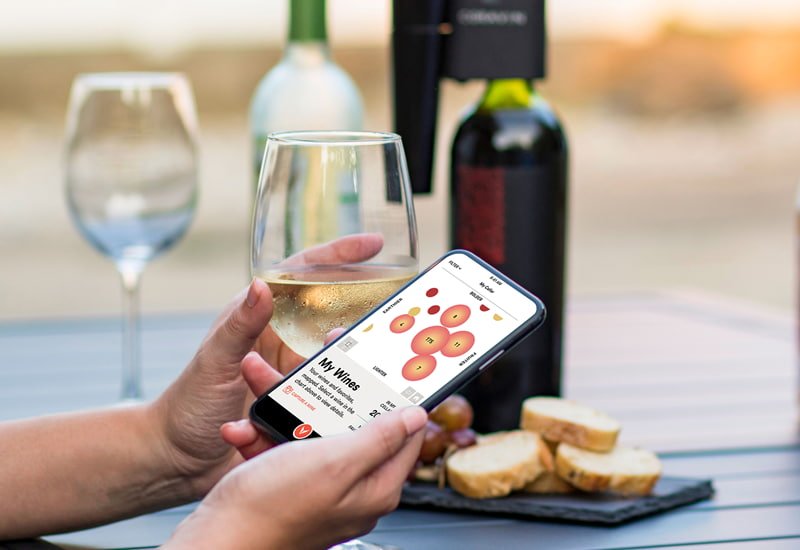
If you’re planning to figure out the price of your wine bottle, make sure you have this information handy:
- Name of the wine: This usually contains information on the wine’s brand, region, micro-region
- Vintage: The year the wine was manufactured
- Bottle size and number of bottles in the case, and number of cases
Some tools may also ask for:
- Storage situation: Are you keeping your bottles at home, in a cellar, or a bonded warehouse?
- Tax status: If you bought the wine internationally or from another state, have you paid the duty?
- Other factors like spillage and expiry period.
Step 2: Deliver an estimate
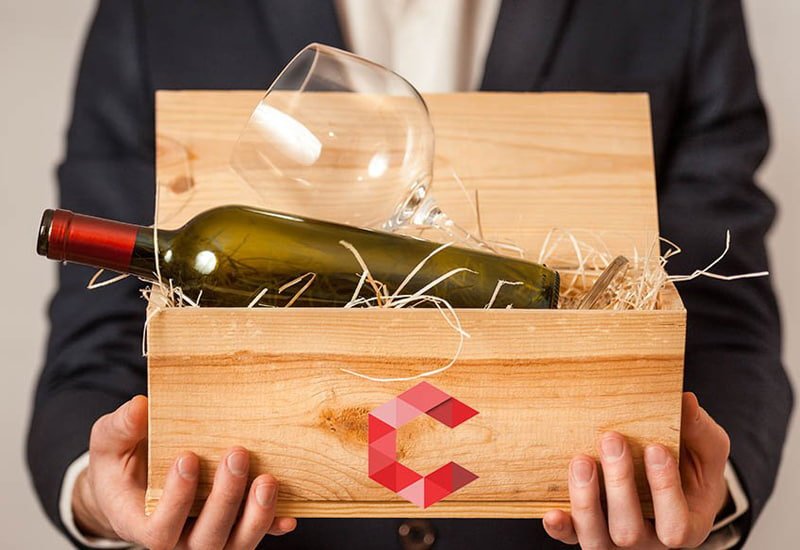
A wine valuation website uses live market data and extensive historical data to estimate your bottles’ value.
Here’s what it typically does:
- Extract the original price of your bottle from an online wine list
- Find out the average global resale value from its internal catalog
Based on all these factors, a proprietary algorithm gives you a rough estimate of your wine's current value.
However, remember that the actual sale price may still differ from the estimate.
What To Look For In A Wine Valuation Tool Or Team
A simple online search for wine valuation will reveal hundreds of sites that claim to give you the most accurate estimate using diverse market data.
But what is the right online tool for you?
The attributes will help you gauge the usefulness of wine valuation tools:
1. Experience and knowledge of the wine market

Wine valuation teams or experts need to understand the global wine industry, have a keen eye for trends in market data and wine prices, and even keep up with insider news on wine auction sales.
Also, have you noticed how different free wine valuation tools give you varying estimates?
That brings us to point 2:
2. Unified market data
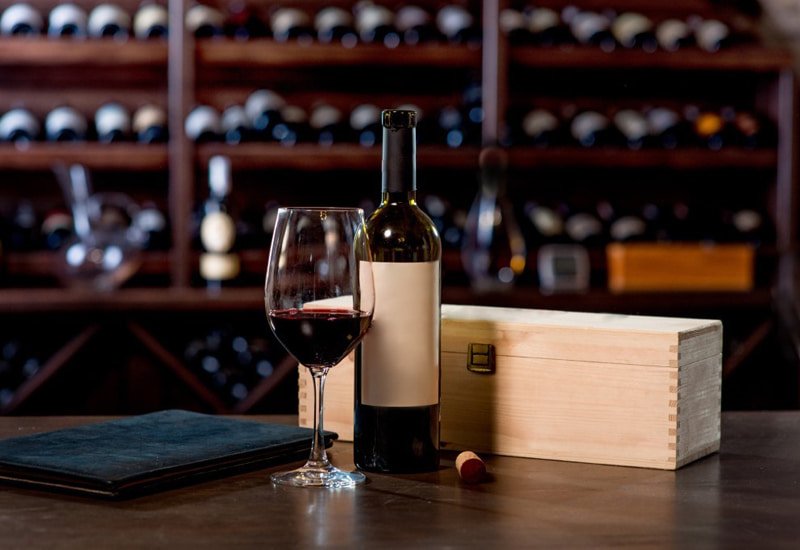
Online valuation tools typically source their data from online wine catalogs and other databases about the wine industry.
An ideal tool should be able to consolidate data from all the available wine pricing and valuing databases to give you the most informed estimate.
So, make an effort to pick the right valuation tool supported by an experienced and professional team.
3. Support to sell and a global network
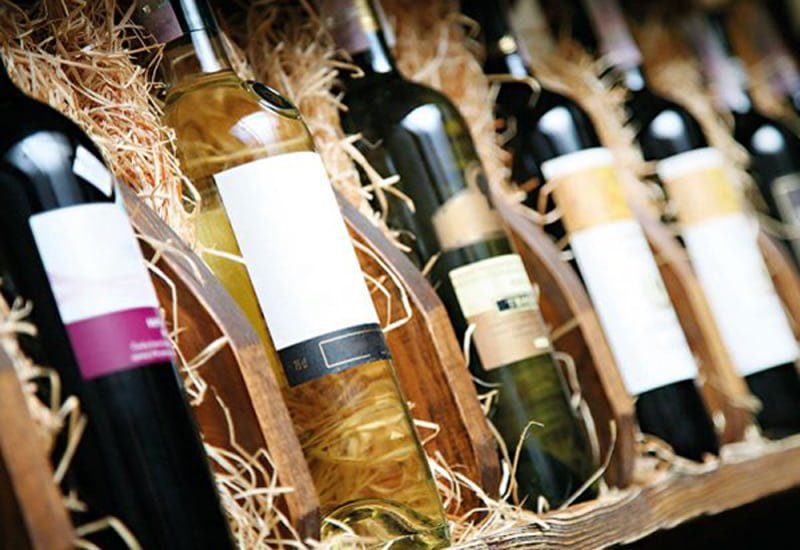
If you plan to sell wine, pick a tool that offers sale support, and has a broad global network.
This way, you can easily find a buyer for the best price at the right time. The best teams will also arrange safe pick-up and transportation services for your bottles.
As you can see, evaluating wine on your own is a complicated process.
- It takes time, thorough research, expert knowledge of wines, and market trends.
- You’ll also come across several wine valuation tools that don’t give you a complete picture of the market and the value of your bottle.
- You may have to find the right wine merchant, wine broker, or auction house to validate these valuations with - some of whom use manual processes for their estimation. That adds another layer of complexity to the process!
How about entrusting a wine investment company like Vinovest to buy your wines, track their value in real-time, and sell them at attractive prices?
Let’s see how that works.
Build Your Wine Collection And Track Its Value Through Vinovest

Vinovest will help you build a portfolio of select wines from around the world and track its growth over time. You can also take advantage of their deep, global network to sell your wine.
Interestingly, Vinovest is the only platform that aggregates data from all the wine valuation tools to give you the most accurate wine valuation!
How does wine investment work on Vinovest?
To build your wine portfolio, follow these simple steps:
- Sign up on the Vinovest website.
- Fill up a questionnaire about your investment preferences and risk appetite.
- Add a minimum of $1,000 or more to your account.
- Track your portfolio online. Vinovest will buy wines, store the bottles in bonded warehouses, and sell them for you.
How does Vinovest evaluate wine?
Vinovest accesses the widest possible range of publicly and privately available data sources on wine pricing. This gives them a complete picture or a birdseye view of the market.
Why is it the best and most accurate data for wine valuation?
They average and normalize all prices, and weed out the outliers to deliver the most up-to-date and comprehensive valuation for your wine.
We make sure that you’re always one step ahead with the most up-to-date information in a competitive fine wine market.
What are the benefits of investing on Vinovest?
Vinovest guarantees you a return on your wine investment by taking care of the following aspects of the process.
Easy buying and selling
The AI-based online platform helps you select from the best wines from around the world. It takes into account historical data and uses a proprietary financial model to tailor a balanced portfolio of high performing wines for you.
Optimal storage
Vinovest stores your wine in the perfect temperature, light, and humidity conditions. These bonded warehouses are even strategically located near the best wine regions of the world. All of this will secure your wine’s quality for when you chose to drink or sell it.
Provenance and authenticity checks
Before buying your wine, Vinovest conducts thorough checks on its provenance and authenticity. This ensures that you don’t buy any counterfeit bottles.
Balanced, curated portfolio of wines
Vinovest’s team of Sommeliers and a Master Sommelier will handpick a collection of wines that reflect your investment preferences.
Low overall costs
Wine investment is an expensive affair. But Vinovest’s economies of scale and deep industry relationships mean that you get world-class storage facilities at 80% lower prices than third-party storage. Moreover, a fixed annual 2.5% fee (1.9% for a portfolio above $50,000) covers buying wines, authentication, storage, a full insurance policy at market value, portfolio management, and selling the wine bottles.
Ownership
The coolest part is that you own the fine wine that you buy!
Easy Delivery
Haven’t made up your mind about selling your favorite Pinot Noir? You can always have the consignment delivered to your home to enjoy a glass of the wine.
Conclusion
Wine evaluation is time-consuming and needs plenty of research and market knowledge. Finding the right tool or experts to do it is a complicated task as well.
Instead, Vinovest would be your safest bet to buy and store wines, track their value real-time, and sell it at the right price.
Sign up for Vinovest right away, and get started with building your wine portfolio!


